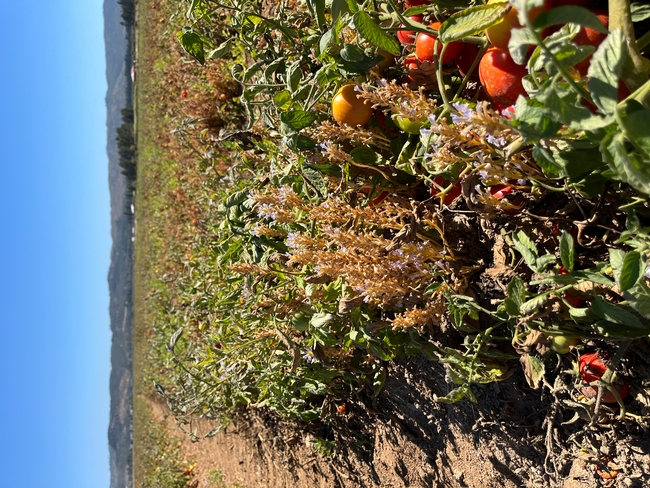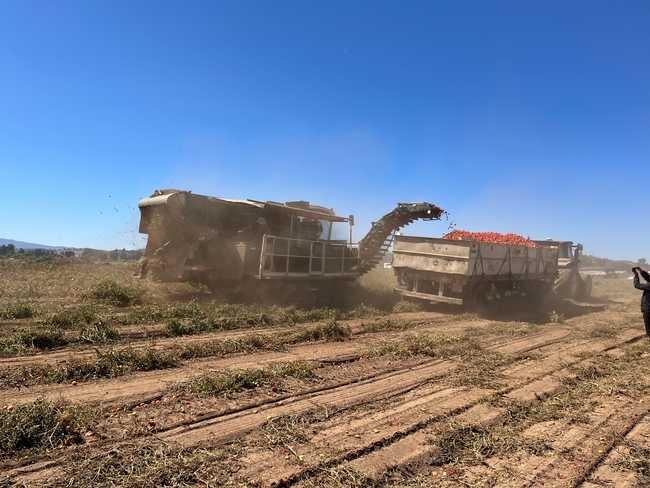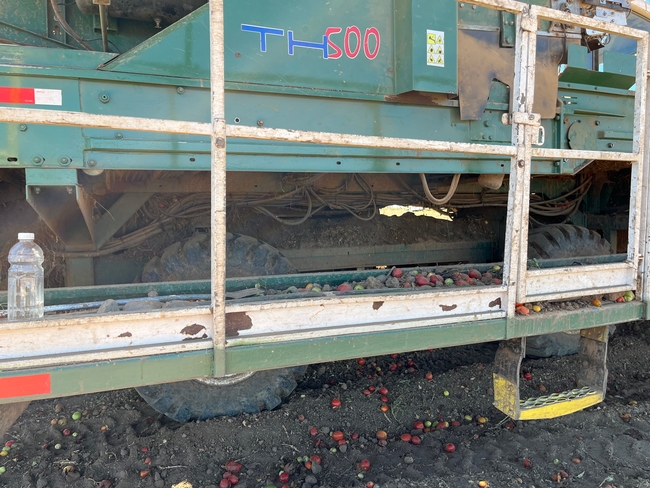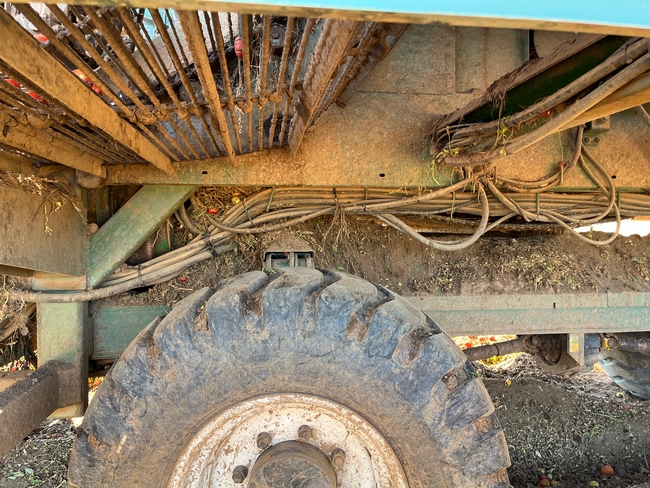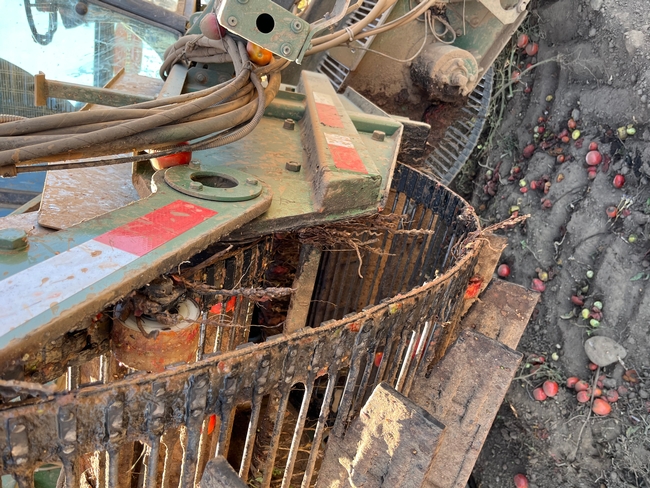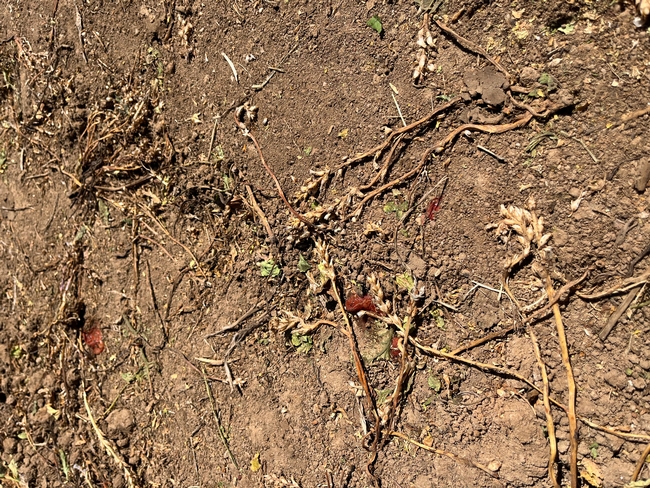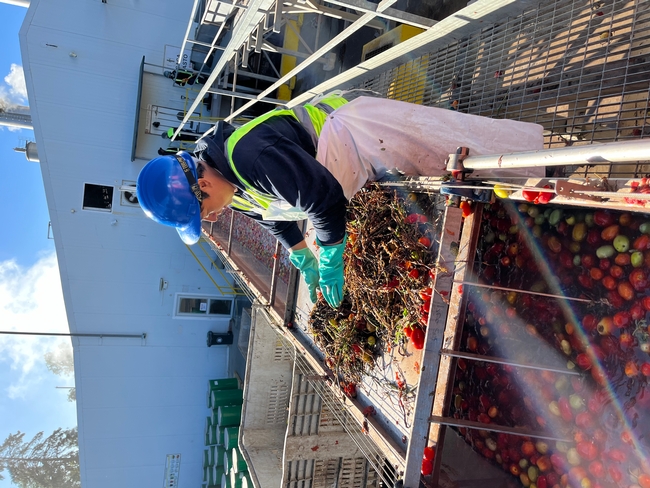Last week, I had a chance to visit research cooperators in Chile and tour some of their processing tomato fields with serious infestations of the parasitic weed, branched broomrape and it was really eye opening for me.
We've had collaborative projects with researchers at the UC Davis Chile Life Sciences Innovation Center for the past several years. It's been really helpful to have a northern-southern hemisphere research rotation so they can do a field trial in our off season and vice-versa. Also, branched broomrape is a quarantine pest and is not (yet) widespread in California but is already widespread in Chile and is not a regulated pest which makes the research easier in many ways.
Several of us from California visited our Chilean counterparts last January and saw some fields that were highly infested with branched broomrape. If you've seen me, Matt, or Zach give extension presentations in the past year you've probably seen some of our broomrape "shock and awe" photos of infested fields and handfuls of tiny seeds.
My trip to Chile last week was right in the middle of their harvest season and I really got a new appreciation for the importance of the "harvester and equipment sanitation projects" that Dr. Cassandra Swett and I and other cooperators have been working on the past several years (funded by CTRI, CLFP, and CDFA). In particular, I wanted to share a few photos of harvest operations that illustrate the amount of broomrape plant material visible to the naked eye and just imagine the amount of seed also present in the plant and soil debris. Now, imagine the risk of moving that equipment (or a cultivator, or disk, or power incorporater, or your field boots) into an uninfested field - how much soil and seed could be transferred?
A few photos to make you think:
Fig 1. Heavy branched broomrape population in processing tomato in central Chile.
Fig. 2. Processing tomato harvest and post harvest debris.
Fig. 3. Undercarriage of tomato harvester with significant amounts of plant and soil debris.
Fig. 4. Close up of soil debris under harvester. Most of the pale stems are branched broomrape stalks and seed pods!
Fig. 5. Tomato and broomrape debris on harvester gathering chains.
Fig. 6. Post harvest tomato field with branched broomrape stems and seedpods.
Fig. 7. A worker at a cannery picks floating debris, mostly branched broomrape plant material, from the intake flume.
One of the Chilean growers I spoke to said that they can have a field go from low broomrape infestation to extremely high infestation in only four years and they have to avoid those fields in the future for tomato production - this is what we should try to avoid in CA and why equipment sanitation is so important while our broomrape populations are still relatively low and not spread through the whole industry.
A few resource links from the California Tomato Research Institute, mostly developed by UC research and extension folks.
- Broomrape 24(c) registration for the management of broomrape with rimsulfuron (Matrix)
- Broomrape: Equipment sanitation research update presentation
- Broomrape: Sanitation best management guidelines one-pager
- Broomrape: Awareness flyer (in English and Spanish)
